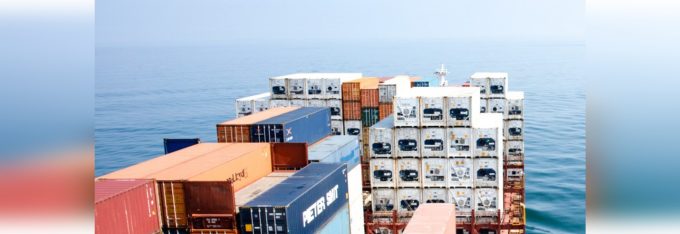DSV completes DB Schenker buy as it notes strong Q1 performance by Air & Sea
Danish 3PL DSV formally completed its €14.3bn ($16.3bn) acquisition of German peer DB Schenker today, ...

Norwegian container feeder vessel owner MPC Container Ships said charter rates and second-hand vessel values rose “significantly” in the first six months of this year.
The booming market for smaller containerships enabled MPC to post a net profit of $2.3m in the six months to 30 ...

Comment on this article